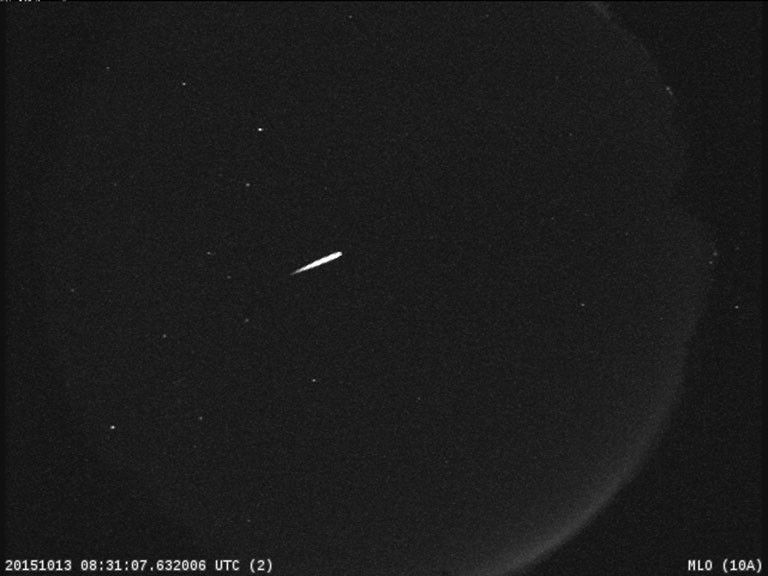The Orionid meteor shower, one of the year’s most anticipated celestial events, dazzled observers across the United States on Tuesday night. Known for its bright, fast-moving meteors, the shower occurs annually as Earth passes through dust and debris left behind by Halley’s Comet.
This year’s peak coincided with a new moon, providing dark skies ideal for viewing. Meteor enthusiasts reported seeing up to 20 shooting stars per hour, some leaving luminous trails, or “trains,” that lingered for several seconds. The radiant point, near the Orion constellation, made the meteors appear to streak outward from the famous hunter’s belt, creating a spectacular visual effect.
Experts recommend watching the Orionids from midnight to dawn, when meteor activity is at its highest. Ideal viewing conditions include locations away from city lights, with eyes allowed 20–30 minutes to adjust to darkness. No special equipment is required, making the event accessible to casual skywatchers as well as seasoned astronomers.
The Orionid meteor shower was beautiful to watch for sky gazers as it showed a rare connection to Halley’s Comet, the famous visitor that graces our skies roughly every 76 years. For those who witnessed this spectacle, it was the best chance to witness the cosmic dance of debris and light, a fleeting reminder of the vast universe beyond.
This year’s show also coincided with the appearances of Comet Lemmon and Comet SWAN, visible in the northwest and southern skies, respectively, providing an extra treat for stargazers.
Also Read: Peru Declares 30-Day Emergency in Lima and Callao






